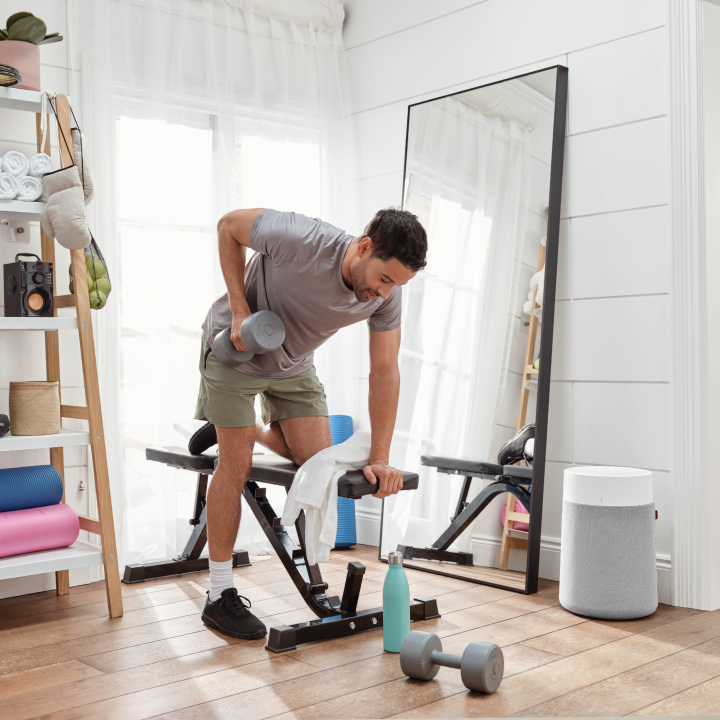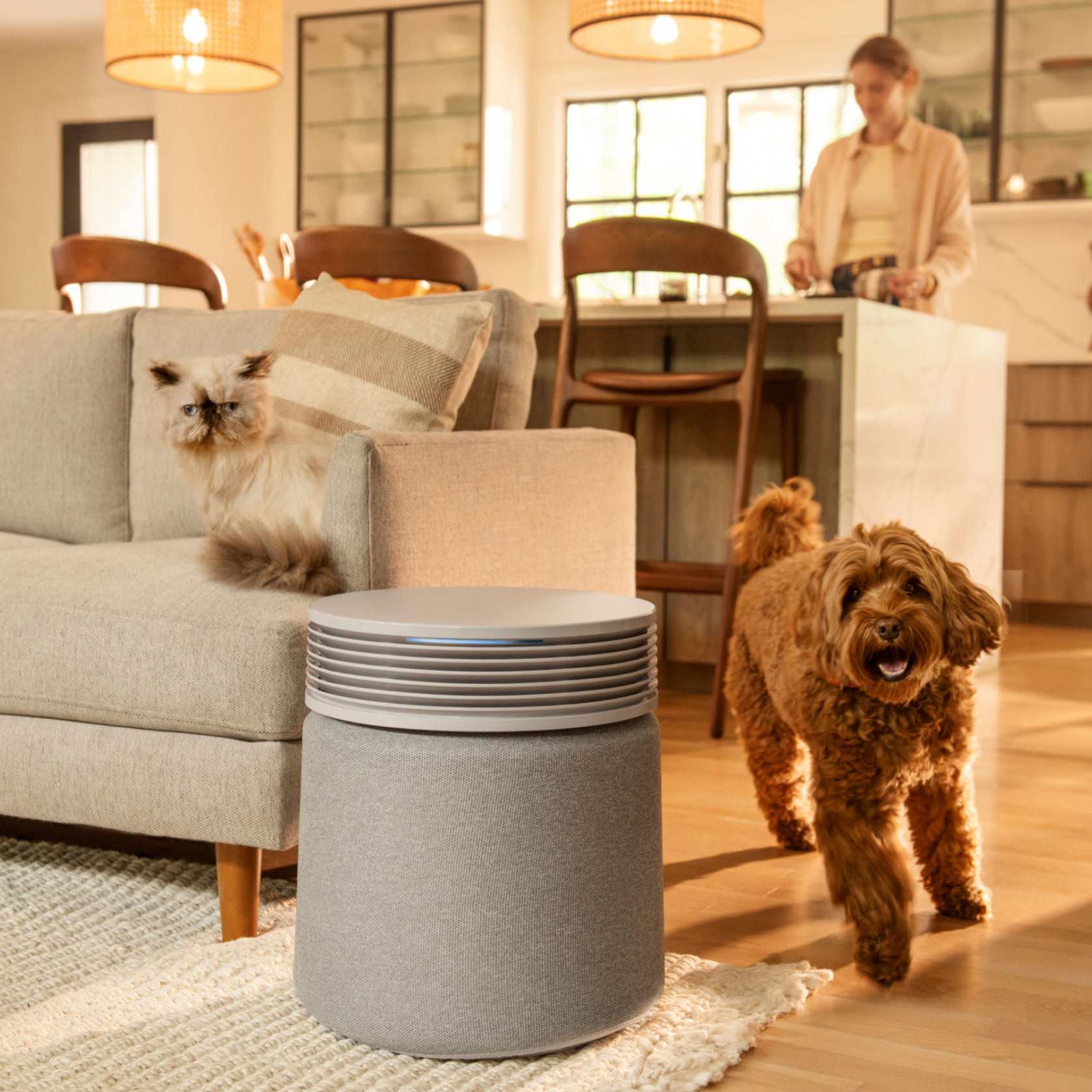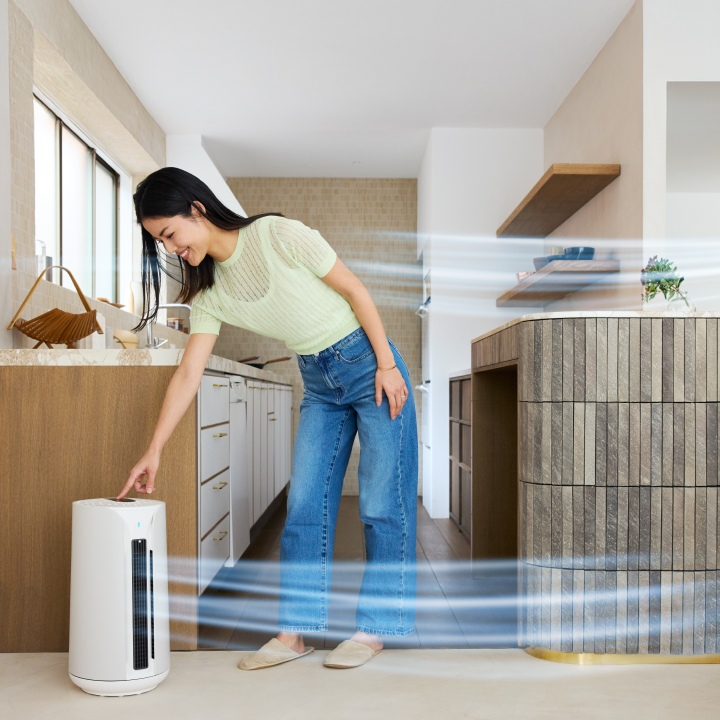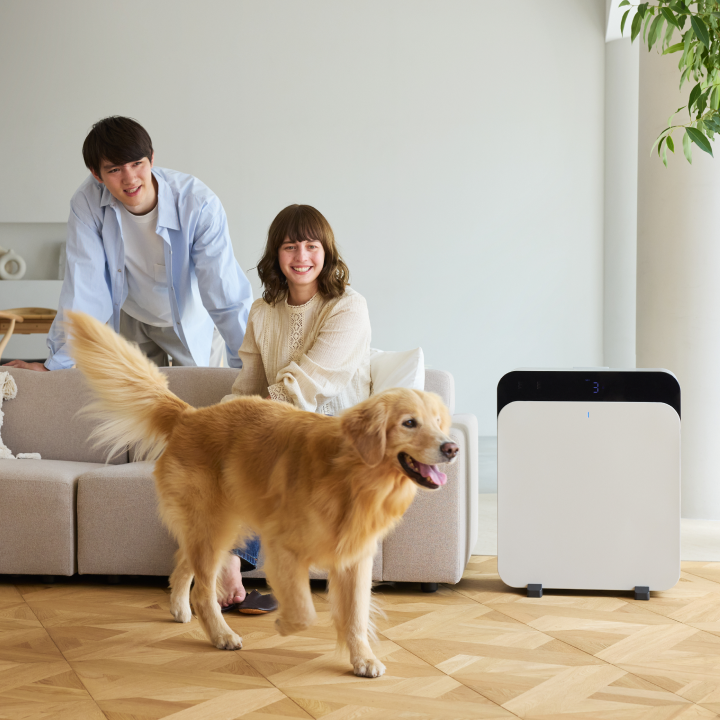Skip to content
This website uses cookies to improve your experience. By continuing to use our website you are consenting to our cookie policy.
Blog
Featured
The Complete Guide to Selecting an Air Purifier Based on Room Size
Read More
Latest Entries
-
- Health & Wellness
- Innovation
- Partnership
Breathing Into Wellness: Blueair & The Class Redefined the Mind-Body Studio Experience
Updated Jul 22, 2025
-
Why Air Care Matters in Your Home Gym
Updated Jun 26, 2025
-
Introducing Blue Signature™: The most powerful, compact air purifier you can get
Updated Jun 12, 2025
-
How to Beat Summer Allergies with Clean Indoor Air
Updated Jun 04, 2025
-
Blueair Partners with 4ocean to Help Clean the Oceans
Updated Apr 21, 2025
-
Classic Pro earns Asthma and Allergy Friendly™ Certification
Updated Feb 28, 2025
-
Wildfire smoke and indoor air quality: Best air Purifiers for clean, fresh air
Updated Dec 03, 2024
-
What is Blueair's HEPASilent technology
Updated Dec 04, 2024
-
Living with an air purifier and a medical condition
Updated Dec 04, 2024
- Choosing a selection results in a full page refresh.









